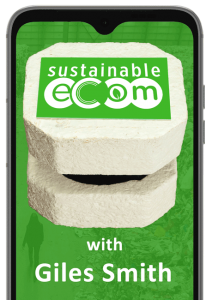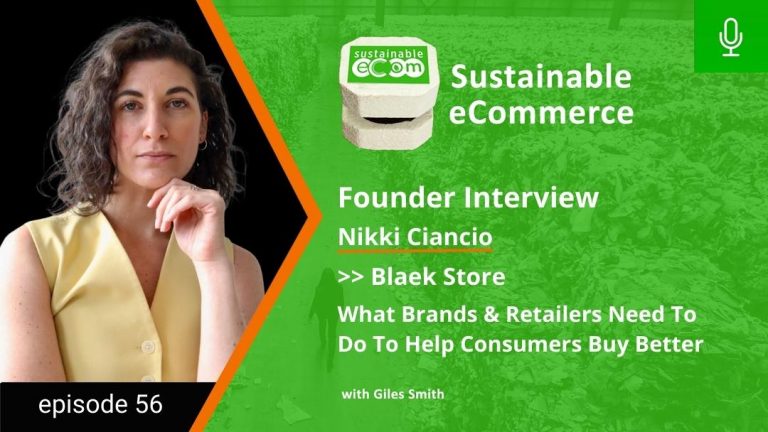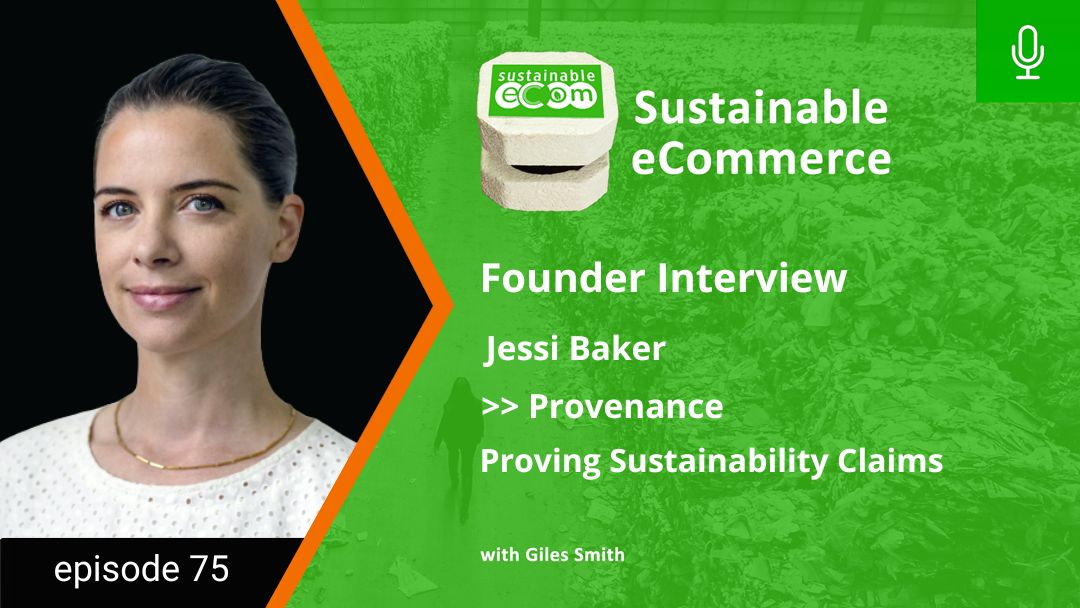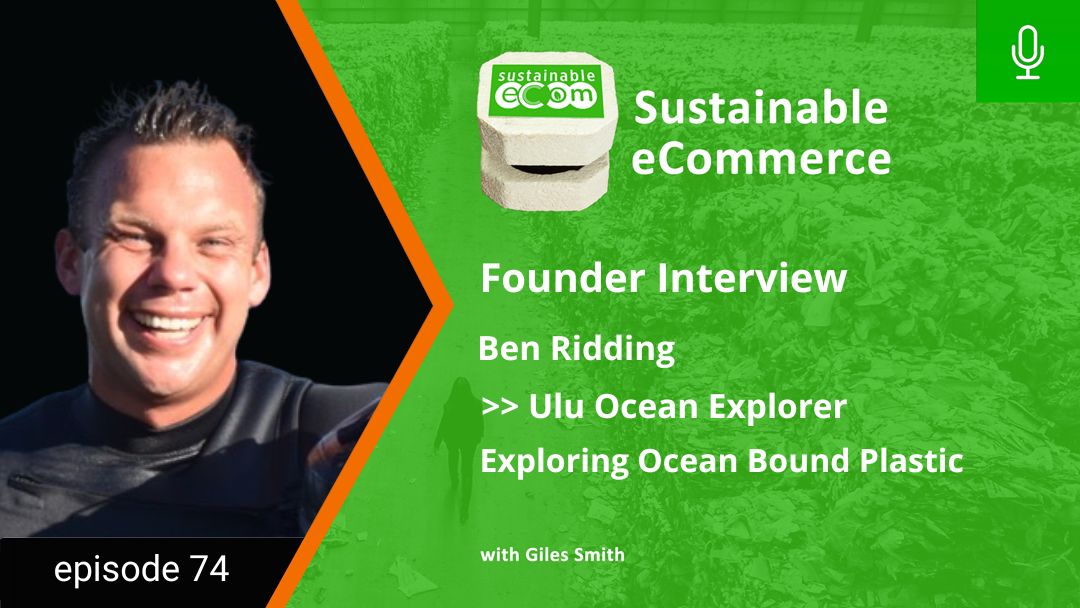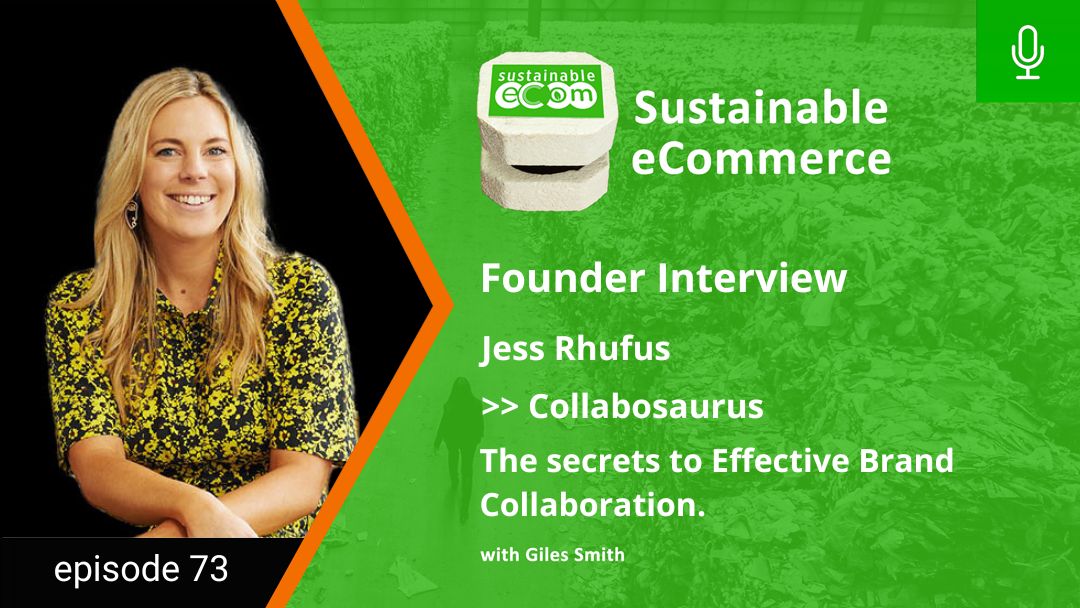EP56 - Sustainable Ecommerce Podcast
This week we return to sort of normal programming by chatting with the founder of a sustainable retail store.
Nikki Ciancio is the Co-Founder of Blaek Store, a retailer store attempting to define a better model model for supporting consumers on their journey to sustainability.
Of course, Nikki’s brand is doing the hard work of carefully curating sustainable and ethical brands to sell in store, making Blaek a go-to destination for buying better on the Northern Beaches.
But much more than that, she’s providing the consumer service structure needed to help us move towards a circular and lower-consumption economy with recycling, re-commerce and repair services needed to keep items in circulation for longer.
What’s especially interesting to me is that they think of themselves as a fashion retailer, and so they really are forging a new type of sustainability store.
In the show today, Nikki shares her experiences in forging new type of retail store, as well as her opinions on exactly what sort of information brands should be providing to help consumers make better purchasing decisions.
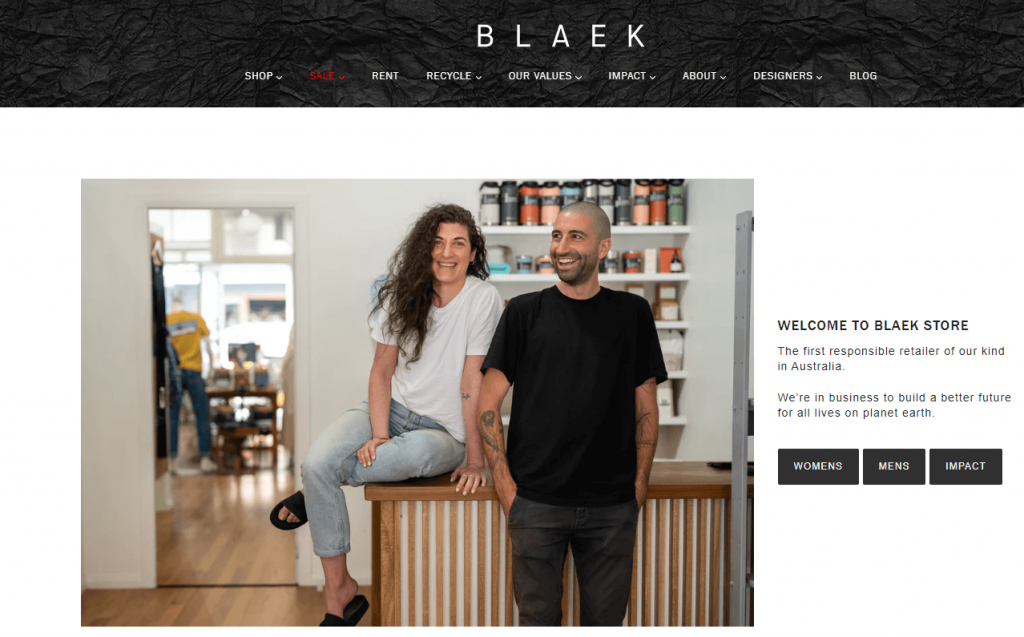
About Blaek Store
Nikki & business partner Tom started up Blaek Store from humble beginnings as a pop-up store for their fashion label Point Nemo just before the Pandemic. What was supposed to be a 3-week lease quickly turned into a 3-month lease when they realised that there was a lot of consumer interest for their brand as well as the other sustainable brands they were sub-leasing to in order to cover the rent cost.
Eventually they opening up the first Blaek-branded store next door, selling clothing as well as life essentials. Just before Covid they moved into a bigger space in Manly, and started offering recycling services to help people avoid sending unwanted items to landfill.
Since then, seeing the need to provide greater help to the community towards living more sustainably, Blaek Store has evolved into one of Australia’s first fully circular retail stores.
What to Brands and Retailers need to do to help Consumers transition to a more sustainable & circular life?
Our consumer brains are wired to thinking and behaving in a liner manner. To help consumers move away from liner, it’s vital they have the support to make this move both easy and potentially cheaper overall. Consumers don’t have the time or the determination to seek solutions for everything themselves, so the responsibility is on brands and retailers to make it easy for them, and to take a leadership approach to nudge them towards sustainability.
For example, retailers selling fashion & apparel should give serious thought to providing both repair services for the garments they sell, a re-commerce opportunity, and a genuine end of life solution that avoids landfill.
Sometimes brand and retailers should consider taking a hard stance. For example, if all café’s were to decide not to sell single use cups, all consumers would bring their own cups. While there is choice and alternatives, people will continue to take the easy path.
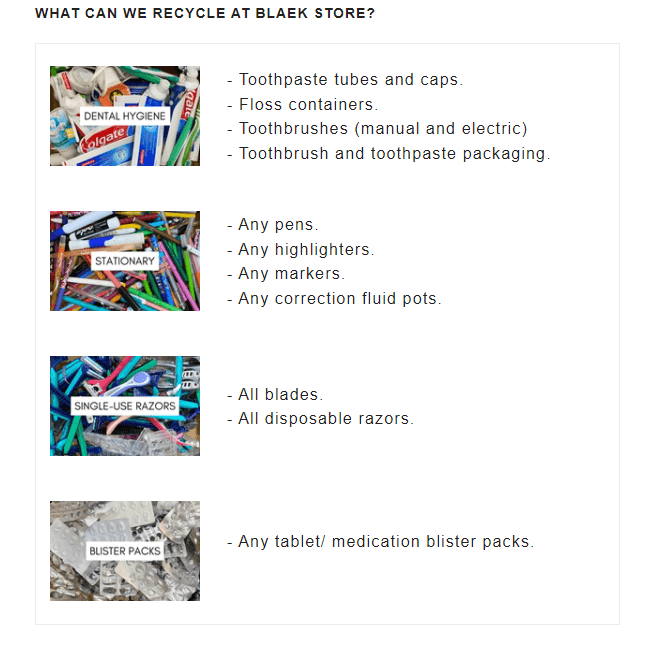
Cost is Definitely a Major Roadblock to Adoption of Sustainability
At the moment it is definitely a privilege to be able to live sustainably. Many people who want to start their journey towards sustainability get put off by the initial cost. Take dish soap blocks as an example. Purchasing one of these products is up to 4 times more expensive than a bottle of dish soap from a supermarket, but also lasts much longer, is better for your health, better for the environment, and often has many uses. Telling the story of the full value (both economically and lifestyle) is absolutely critical.
Demographically, and paradoxically, it is the millennials and Gen Z who are least likely to be prepared to spend more to buy sustainable products. Gen Z probably because they are the least cash-rich, but Millennials perhaps more so because they grew up in the generation of shopping from brands like Zara & H&M, and impulse shopping from influencer campaigns. These are some deep seated experiential habits that are difficult to re-wire.
How Do You Tell the Story at Blaek?
In-store sales give the opportunity to make a face-to-face connection and allow your passion and knowledge to tell the story. Online is much harder, and there is so much greenwashing that people don’t know what it real.
4-5 years ago, no-one really cared about sustainable fashion, and there was stigma about things like hemp that they would be scratchy and non-flattering. We need to re-educate consumers that sustainability can be cool and fashionable, not daggy and uncomfortable.
But, it is also important to lead by example as brand owners. It’s important to show that you don’t need to be ‘perfect’ and do things like make your own nut milk to live more sustainably. Sharing your own journey is a key way for brands to influence their community. For example, our story as founders of Blaek was and is that you don’t need to give up everything that you love to live more sustainably, and you can make a difference without being perfect.
Customers, especially new customers just getting into sustainability for the first time love to share what they’ve discovered, but they will only do that if you have a great brand story. Something that’s both eye-opening and memorable. For example, sunglasses made from recycled sunglasses. Getting word of mouth marketing from customers is an amazing way to grow your brand recognition, and has been very important for Blaek in building a local community.

Are Consumers Aware of Greenwashing?
Consumers are definitely aware of it, but they don’t always know how to pick it. That make it very difficult for them to distinguish between a good brand and one that’s leveraging sustainability words without actually offering sustainable solutions.
For that reason, transparency is a huge differentiator and brands should see it as an essential mechanism for helping consumers understand how to buy better. Brands that show transparency of materials, of sourcing and on supply chain gives the consumer the clarity that the brand’s story is believable. In terms of transparency, certifications are essential, both on products, materials used and on factory partners through things like SEDEX audits.
But all brands can also offer progress transparency too – explain what they are doing, what they have done and what is still left to do. Even for smaller brands with limited resources, chipping away and having it up on the site is better than having nothing at all. Even 1-person brands can make a start at transparency.
Customers also want the information easily accessible when they go to buy, ideally in the customer journey. Anything that make it difficult or time consuming to purchase means that you will reduce your conversion.
How to Shop at Blaek Store
For anyone in Sydney and the Northern Beaches, you can find out store at 210 Pittwater Road in Manly, and anyone can find us online at www.blaekstore.com. We’re not just a simple retailer online either, you can arrange to recycle with us, rent clothes etc
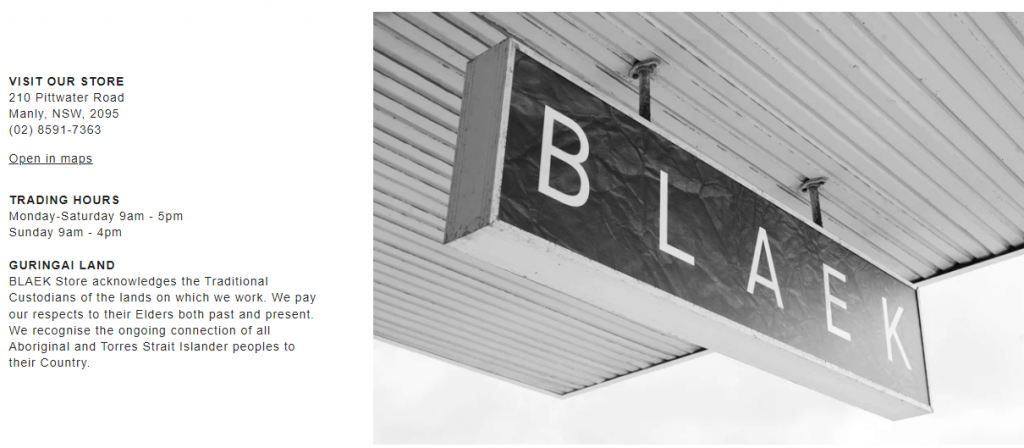
How to Brands Work with Blaek Store?
For brands, the best thing to do is to connect with Nikki via LinkedIn or DM on Instagram. To become a brand partner, Blaek has an application and vetting process which takes into account things like materials sourcing, factory certifications etc, and for apparel brands, they will only work with people using organic, recycled or generally sustainable materials. For life essentials products, they are keen to hear from sustainable brands, especially organic brands and refillable or circular brands.





